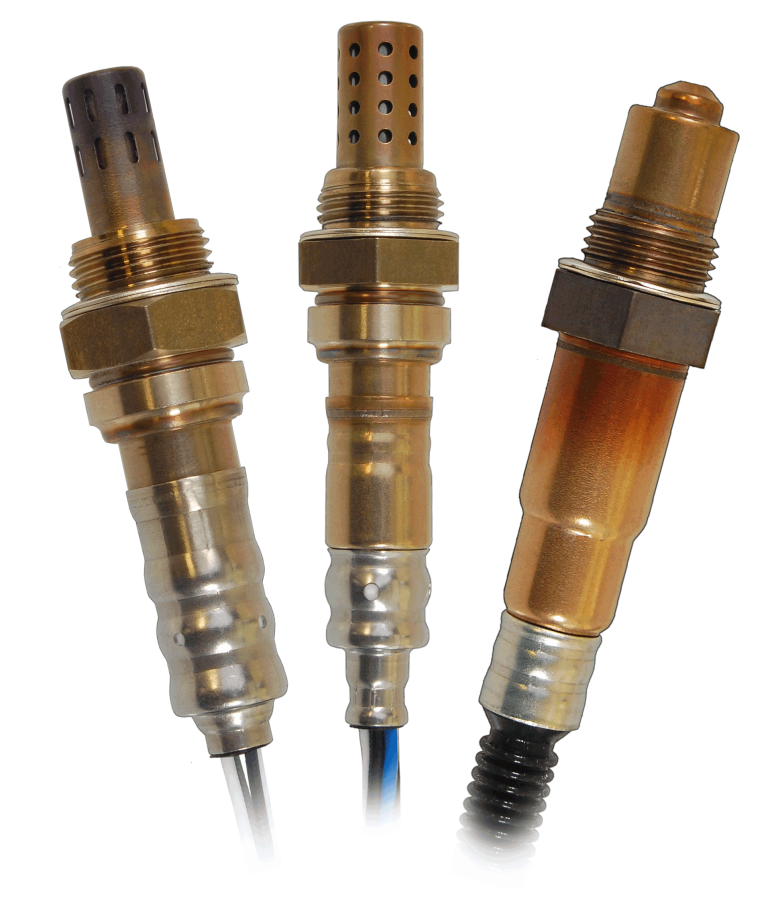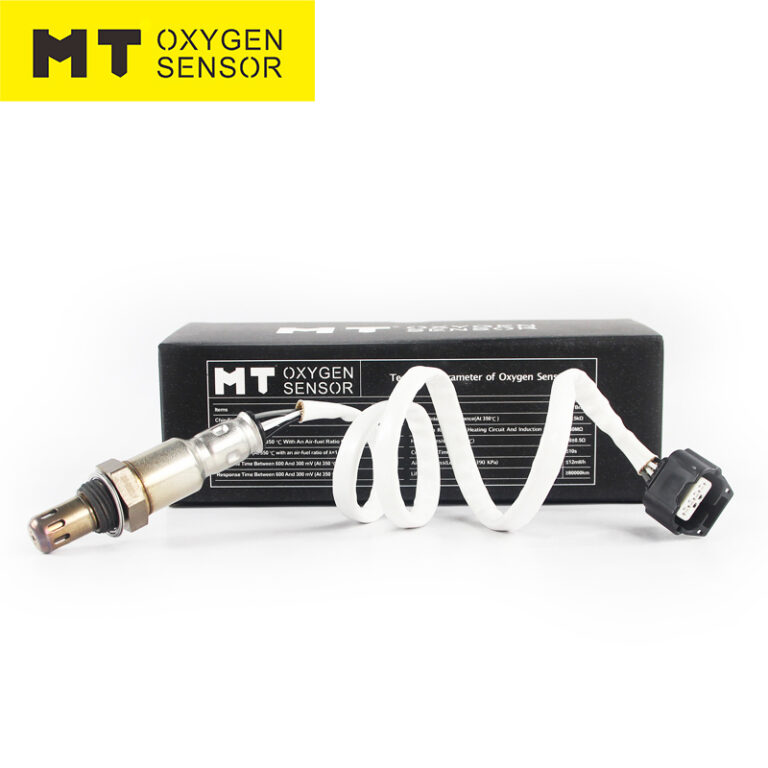Introduction:
Oxygen sensors play a crucial role in monitoring and optimizing the air-fuel mixture in vehicles. Understanding the different types of oxygen sensors available can help you make an informed decision when it comes to selecting the right sensor for your vehicle. In this blog post, we will delve into the two widely used types of oxygen sensors: the zirconia-based (also known as the thimble or titania) and the electrochemical sensors. We will explain their working principles, installation positions, functionalities, and provide valuable tips for choosing the ideal oxygen sensor for your needs.
1. Zirconia-Based Oxygen Sensors:
Zirconia-based oxygen sensors, also referred to as thimble or titania sensors, are the most commonly used type in vehicles. These sensors operate based on the principle of a solid-state electrochemical reaction. They consist of a ceramic element with a zirconium dioxide electrolyte and a platinum electrode. The sensor measures the oxygen concentration in the exhaust gases and generates a voltage signal based on the difference in oxygen levels between the exhaust gas and the reference atmosphere. This voltage signal is then used by the engine control unit (ECU) to adjust the air-fuel mixture for optimal combustion.
Installation Position: Zirconia-based oxygen sensors are typically installed in the exhaust manifold or exhaust pipe, closer to the engine.
Functionality: Zirconia-based sensors provide accurate and reliable measurements of the oxygen levels in the exhaust gases. They help maintain the proper air-fuel ratio, ensuring efficient combustion, reduced emissions, and optimal engine performance.
2. Electrochemical Oxygen Sensors:
Electrochemical oxygen sensors, also known as wideband or lambda sensors, have gained popularity due to their ability to provide more precise measurements and faster response times. These sensors employ a thin, gas-permeable electrolyte and utilize an electrochemical cell to measure oxygen levels. They consist of two electrodes—an anode and a cathode—submerged in the electrolyte. The difference in oxygen partial pressure between the exhaust gas and the reference atmosphere causes a voltage output proportional to the oxygen concentration.
Installation Position: Electrochemical oxygen sensors are typically positioned downstream of the catalytic converter or in the exhaust pipe.
Functionality: Electrochemical sensors offer precise and dynamic measurements of the oxygen content in the exhaust gases. They provide real-time feedback to the ECU, allowing for precise control of the air-fuel mixture and optimal catalytic converter performance. This results in reduced emissions and improved fuel efficiency.
Choosing the Right Oxygen Sensor:
When selecting an oxygen sensor, consider factors such as compatibility with your vehicle’s make and model, connector type, and the sensor’s quality and reputation. Consult your vehicle’s manufacturer guidelines or seek professional advice to ensure you choose a sensor that meets the required specifications.
Conclusion:
Understanding the different types of oxygen sensors, their working principles, installation positions, and functionalities is essential when it comes to selecting the right sensor for your vehicle. Whether you opt for a zirconia-based or electrochemical sensor, each type offers unique benefits in terms of accuracy, response time, and compatibility. By making an informed choice, you can ensure proper air-fuel ratio, reduced emissions, and optimal engine performance. Remember to consult professionals or refer to the manufacturer’s recommendations for the best fit for your vehicle.






